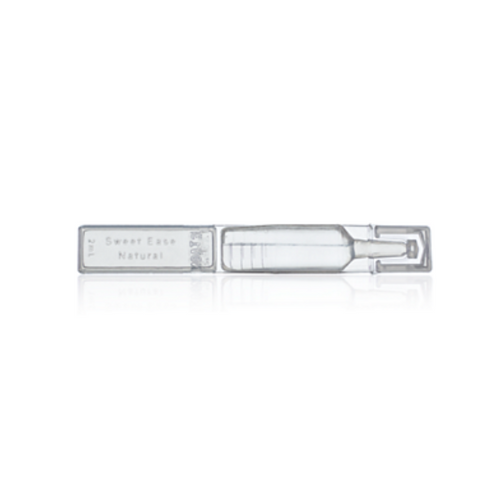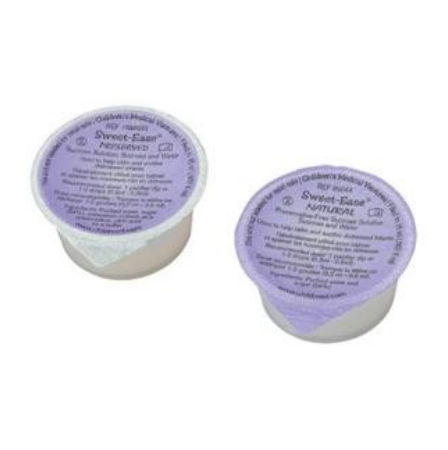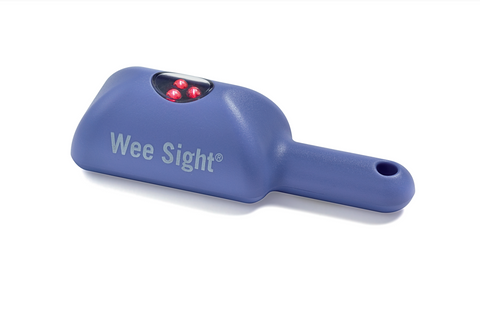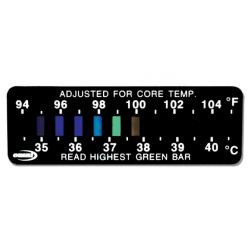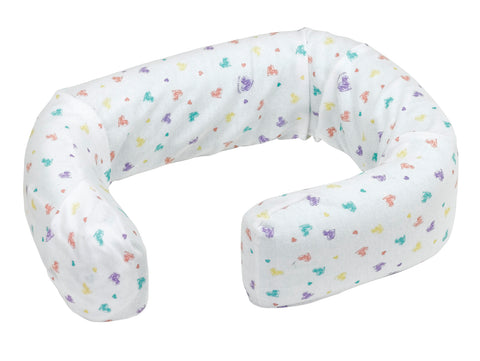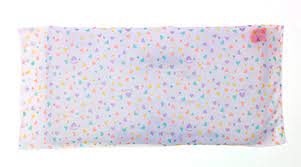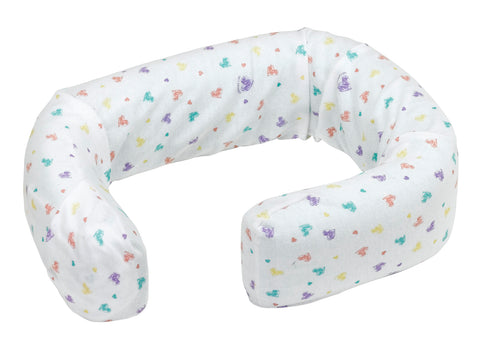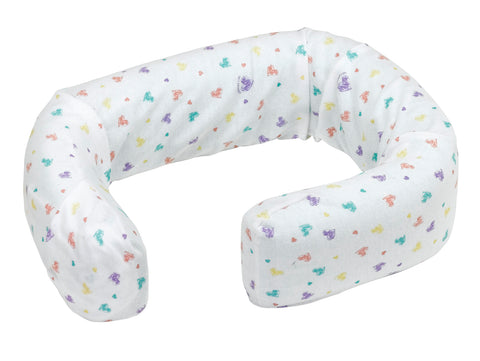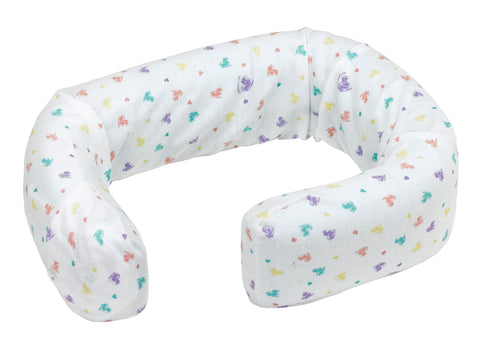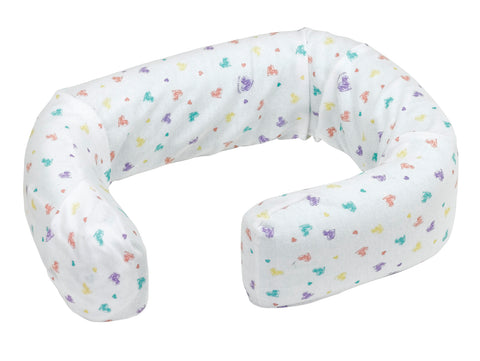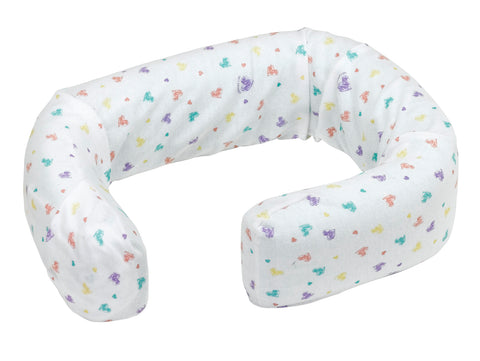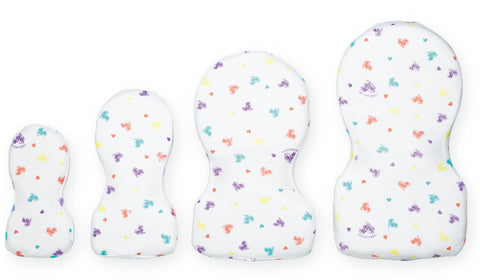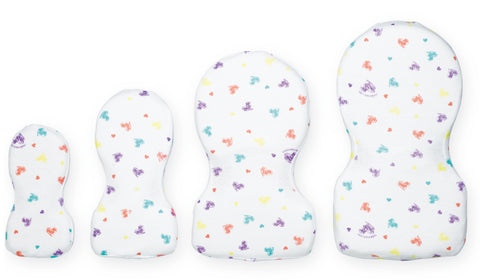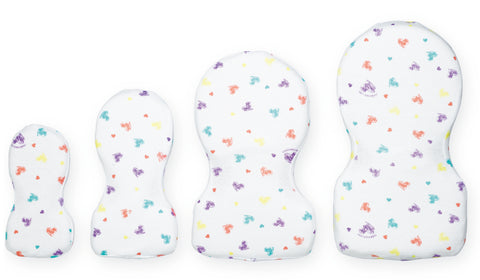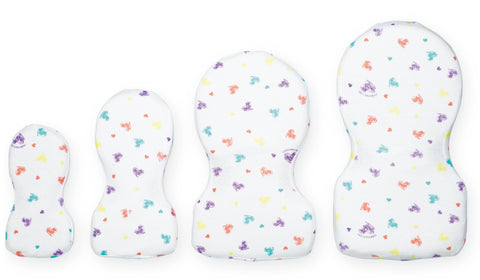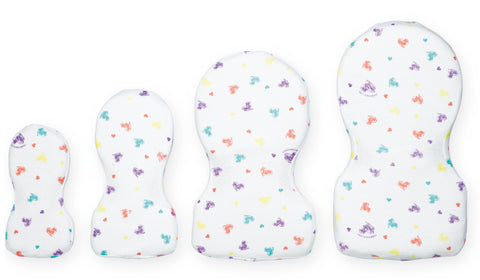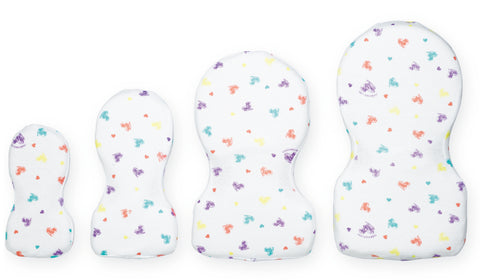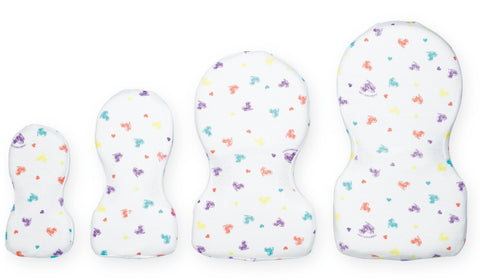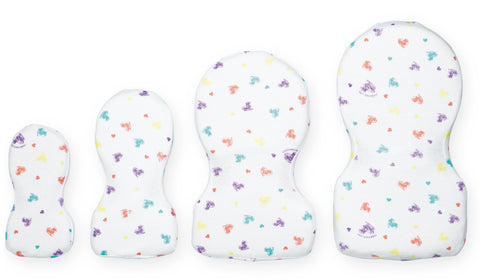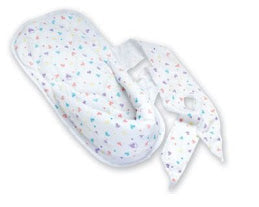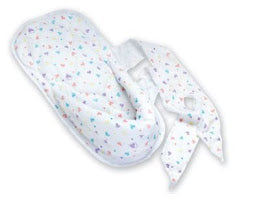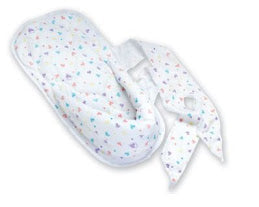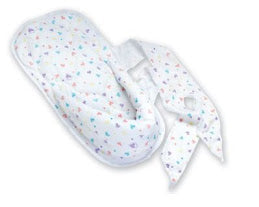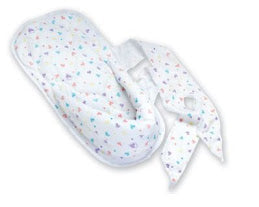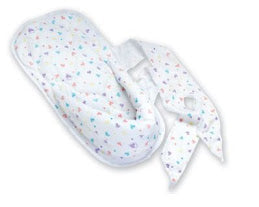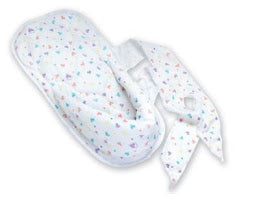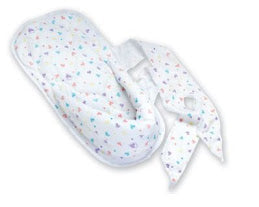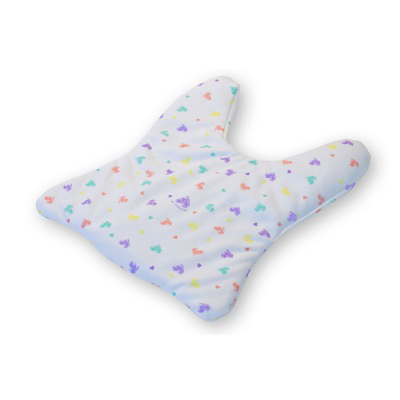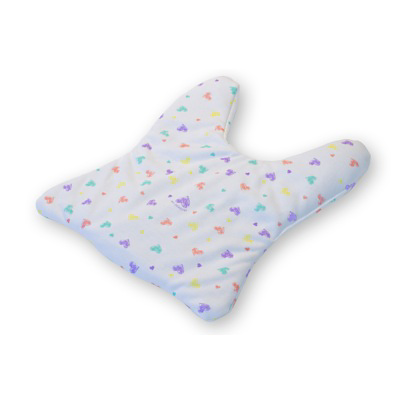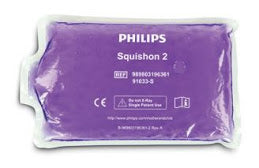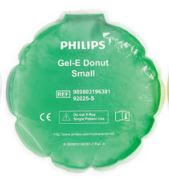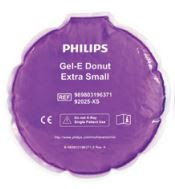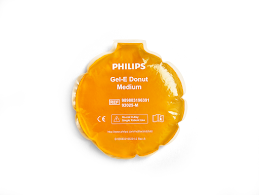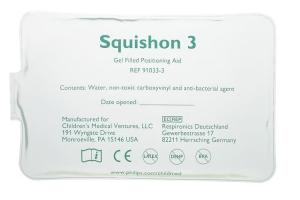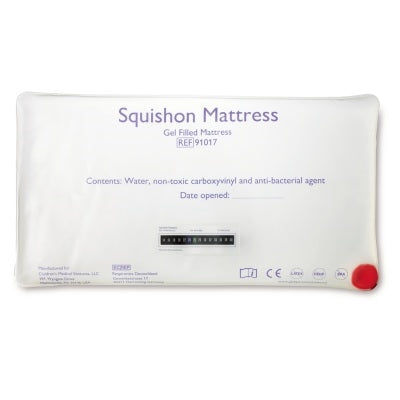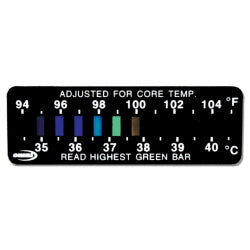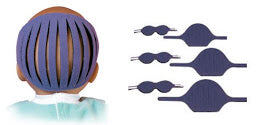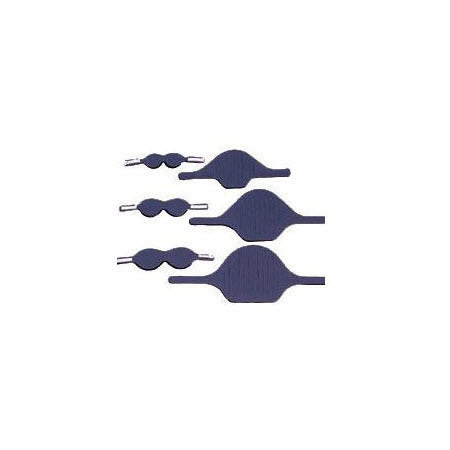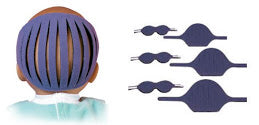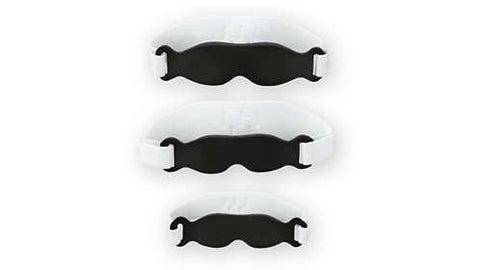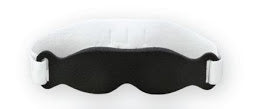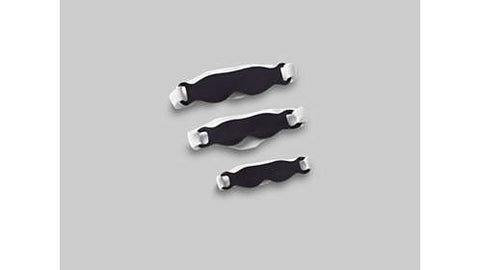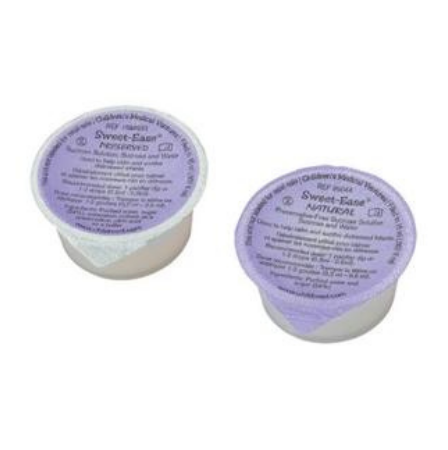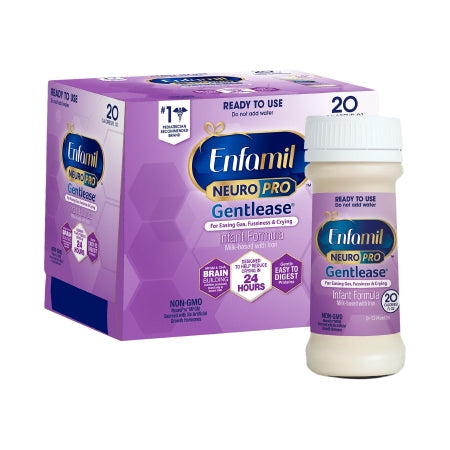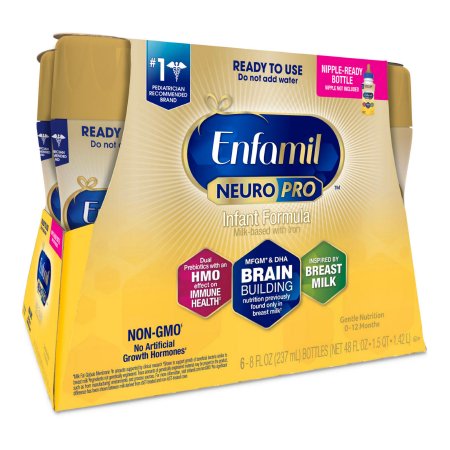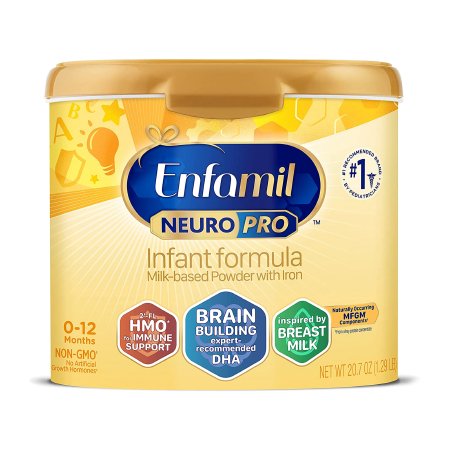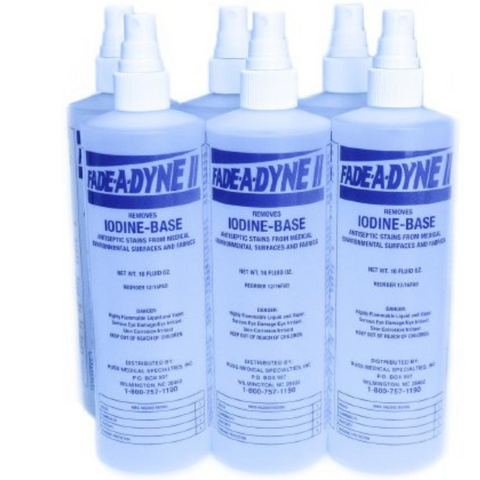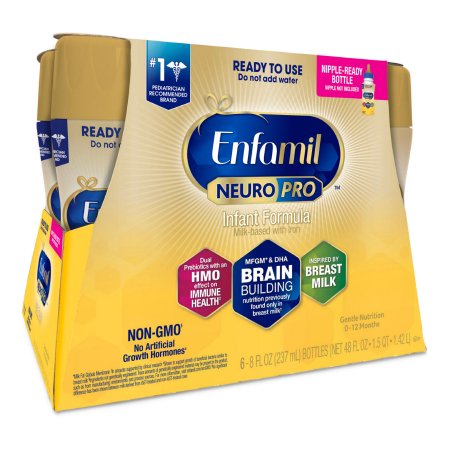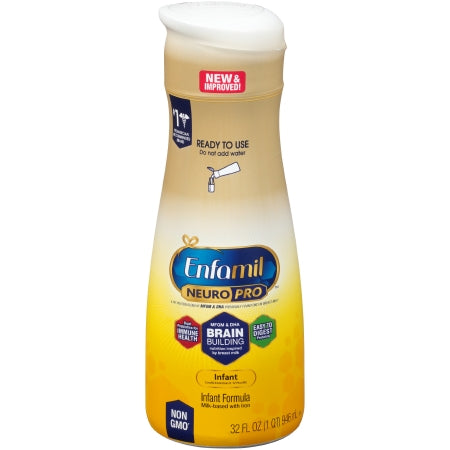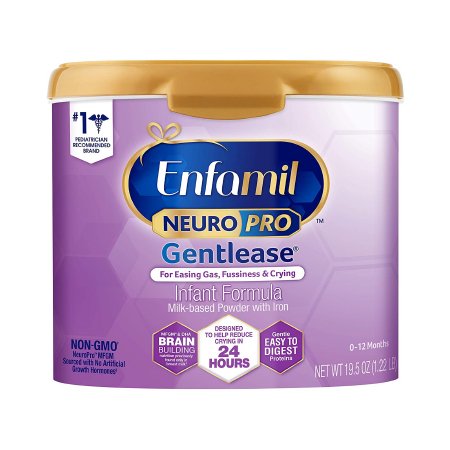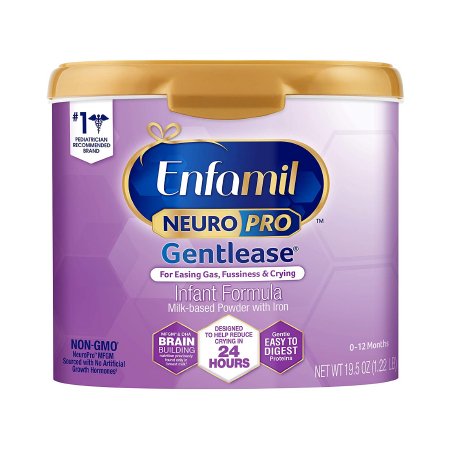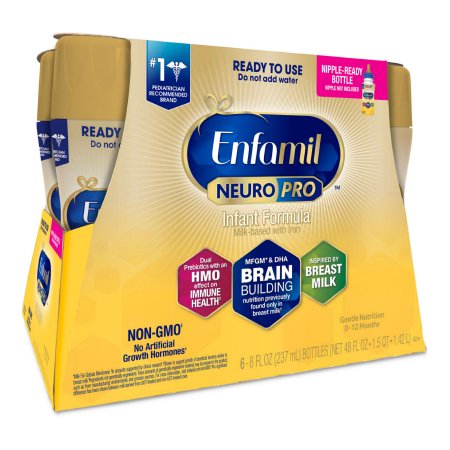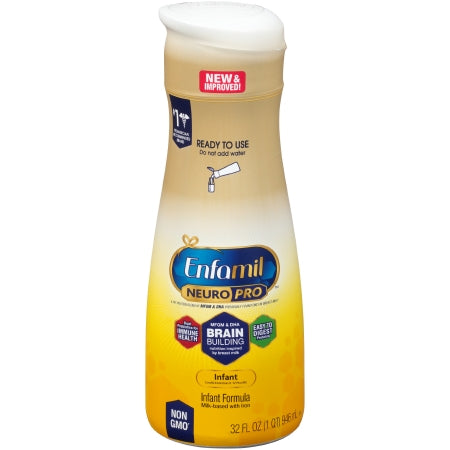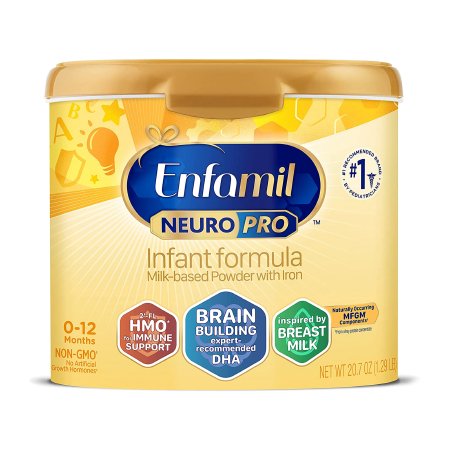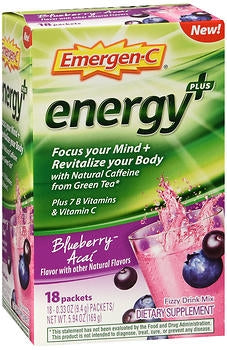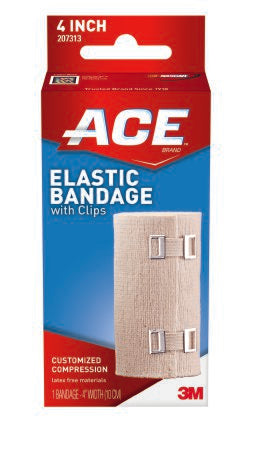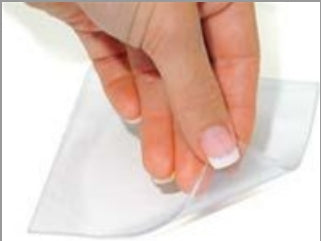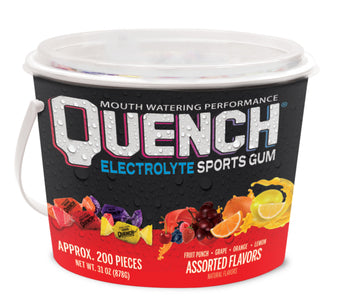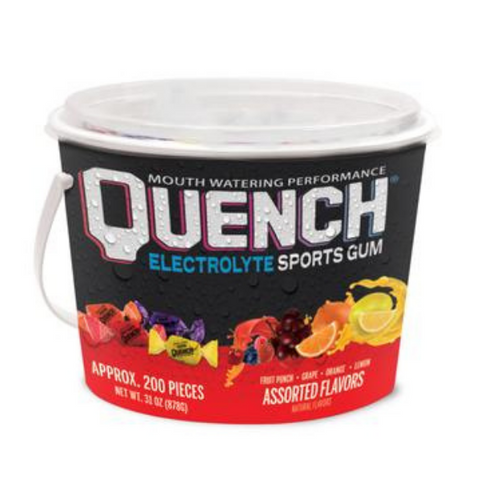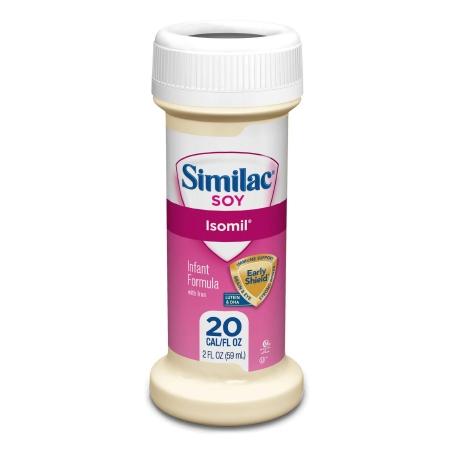Best Deals
Special Products
VERTICAL FUSION TARGET SET
Vertical Fusion Target Set is used in the treatment of vertical tropias or strabismus. Each of the four black cards fits into the Good-Lite Dual Illuminated Vectograph Viewer (not included). The cards provide the doctor and patient with targets that provide the appropriate feedback to help in the reduction of the angle of deviation.
In treating vertical misalignments (tropias or large phorias) many attempt to build fusion ranges with various techniques including sliding Vectograms or other targets or devices. Dr. Ludlam suggested that this led to better compensation for the deviation but it still fundamentally left the patient with the underlying problem. He recommended performing jump duction activities rather than range extension work and if it could be done in free space all the better. These targets are designed to be used on a light box and looked at from various distances. The patient wears Red/Green Glasses (supplied) and generally would start with the minimum prism necessary to see the horizontal row of boxes single and in a line. The jump duction activities with hand held Prisms are done. Usually 2-3 diopters is used in the direction that would reduce the amount of compensatory prism in place.
For example if 10 base down over the right eye is needed to get the boxes aligned with minimal to no head tilt then 2 or 3 base down over the left eye or base up over the right eye are slid in place. For a moment the single horizontal line will turn into two lines. The prism should trigger a fusion response and the two lines should resolve to one line. Hold the image of the one line for 5-10 seconds and then remove the prism to return to base line. This would be done for 8-10 minutes a day and over time the fusing with the handheld prism in place should get easier and easier. Over time the compensatory prism amount can be reduced leading to a change in the actual vertical baseline condition.
This activity works best when integrated into a comprehensive Vision Therapy protocol and is not meant to be the sole treatment of a vertical tropia or large phoria.
713300
GOOD - LITE
16 In Stock
Vertical Fusion Target Set is used in the treatment of vertical tropias or strabismus. Each of the four black cards fits into the Good-Lite Dual Illuminated Vectograph Viewer (not included). The cards provide the doctor and patient with targets that provide the appropriate feedback to help in the reduction of the angle of deviation.
In treating vertical misalignments (tropias or large phorias) many attempt to build fusion ranges with various techniques including sliding Vectograms or other targets or devices. Dr. Ludlam suggested that this led to better compensation for the deviation but it still fundamentally left the patient with the underlying problem. He recommended performing jump duction activities rather than range extension work and if it could be done in free space all the better. These targets are designed to be used on a light box and looked at from various distances. The patient wears Red/Green Glasses (supplied) and generally would start with the minimum prism necessary to see the horizontal row of boxes single and in a line. The jump duction activities with hand held Prisms are done. Usually 2-3 diopters is used in the direction that would reduce the amount of compensatory prism in place.
For example if 10 base down over the right eye is needed to get the boxes aligned with minimal to no head tilt then 2 or 3 base down over the left eye or base up over the right eye are slid in place. For a moment the single horizontal line will turn into two lines. The prism should trigger a fusion response and the two lines should resolve to one line. Hold the image of the one line for 5-10 seconds and then remove the prism to return to base line. This would be done for 8-10 minutes a day and over time the fusing with the handheld prism in place should get easier and easier. Over time the compensatory prism amount can be reduced leading to a change in the actual vertical baseline condition.
This activity works best when integrated into a comprehensive Vision Therapy protocol and is not meant to be the sole treatment of a vertical tropia or large phoria.

